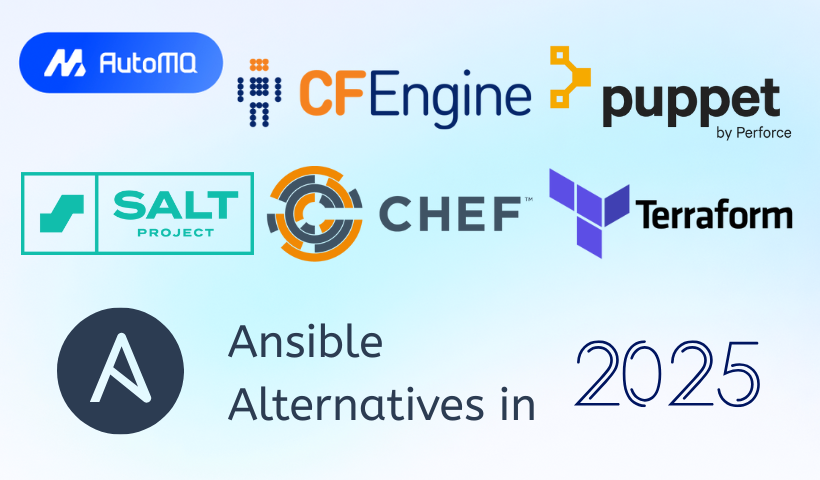Introduction
Ansible has long been a cornerstone in the DevOps toolkit for its simplicity in configuration management and automation. However, the landscape of infrastructure management is ever-evolving, and various alternatives offer different strengths that might be better suited for specific needs in 2025. As a senior software engineer, understanding these alternatives is key to making informed decisions for your infrastructure. This blog post delves into five popular Ansible alternatives: Puppet, Chef, SaltStack, Terraform, and CFEngine , exploring their design, pros and cons, and guidance on choosing the right tool.
Puppet
Puppet is a mature, model-driven configuration management tool that has been a stalwart in enterprise environments for many years.
![Puppet Website [8]](https://static-file-demo.automq.com/6809c9c3aaa66b13a5498262/69099ba004ee57c4b2c97292_67480fef30f9df5f84f31d36%252F685e620ea37c4346fb888e08_sRzJ.png)
Design and How It Works:
Puppet employs a master-agent architecture. The Puppet master server stores configuration manifests, written in Puppet's declarative Domain Specific Language (DSL). Agents installed on managed nodes (servers) periodically poll the master for their configuration catalog. This catalog, compiled by the master, describes the desired state of the node. The agent then applies this catalog, bringing the node into compliance [1]. Puppet uses Facter to gather facts about the nodes, and Hiera for hierarchical data lookup, separating configuration data from code [2]. Puppet Forge serves as a vast repository of pre-built modules.
Pros:
Strong for Complex Environments: Its model-driven approach and robust DSL are well-suited for managing large, complex infrastructures with well-defined states.
Idempotency: Ensures that operations, when applied multiple times, result in the same state without unintended side effects.
Scalability: Proven to scale to tens of thousands of nodes.
Reporting and Compliance: Offers strong reporting capabilities, which are beneficial for auditing and compliance.
Large Community and Ecosystem: Extensive documentation and a vast number of modules are available on Puppet Forge [3].
Cons:
Steep Learning Curve: Puppet's DSL and the underlying concepts can be challenging for beginners.
Agent-Based: Requires an agent to be installed and managed on every node.
Resource Intensive: The Puppet master can require significant resources.
Slower Execution for Ad-Hoc Tasks: The pull-based model isn't ideal for immediate execution of tasks compared to push-based tools.
Chef
Chef is another powerful configuration management tool that treats infrastructure as code, emphasizing a programmatic approach using Ruby.
![Chef Website [9]](https://static-file-demo.automq.com/6809c9c3aaa66b13a5498262/69099ba004ee57c4b2c9729f_67480fef30f9df5f84f31d36%252F685e6265758cc670a24b3ba3_sZSU.png)
Design and How It Works:
Chef also uses a master-client architecture (Chef Server, Chef Workstation, Chef Client). Developers write configurations in "recipes," which are grouped into "cookbooks." These cookbooks are written in Ruby using Chef's DSL and are uploaded to the Chef Server. The Chef Client, running on each managed node, pulls its designated cookbooks from the server and executes the recipes to configure the node [4]. Key components include Knife (CLI tool), Test Kitchen (for testing cookbooks), and Chef Supermarket (community cookbook repository). Modern Chef often involves Chef Infra, Chef InSpec (for compliance), and Chef Habitat (for application automation).
Pros:
Flexibility and Power: Ruby's expressiveness allows for highly flexible and powerful configuration definitions, well-suited for developers.
Test-Driven Approach: Tools like Test Kitchen promote a test-driven development workflow for infrastructure code.
Strong Community: A large and active community contributes to Chef Supermarket.
Mature and Feature-Rich: Offers a comprehensive suite of tools for various automation and compliance tasks.
Cons:
Significant Learning Curve: Requires proficiency in Ruby and understanding Chef's specific DSL and concepts.
Complexity: Can be complex to set up and manage, especially the Chef Server.
Agent-Based: Like Puppet, it relies on an agent on each node.
Resource Intensive: Both the Chef Server and Client can be resource-heavy.
Salt Project (SaltStack)
SaltStack, now part of VMware Tanzu and also maintained as the open-source Salt Project, is known for its speed, scalability, and event-driven automation capabilities.
![SaltStack Website [10]](https://static-file-demo.automq.com/6809c9c3aaa66b13a5498262/69099ba004ee57c4b2c97295_67480fef30f9df5f84f31d36%252F685e6266975f3301aae9cea5_Lwsw.png)
Design and How It Works:
Salt operates on a master-minion architecture but also supports agentless execution via Salt SSH. Communication is typically handled by a high-speed event bus, ZeroMQ. Configurations are defined in "states" (usually written in SLS, a YAML-based format with Jinja templating). The Salt Master pushes configurations or executes commands on Salt Minions. Key concepts include Pillar (for secure, targeted data distribution), Grains (static information about minions), Beacons (to monitor minions and trigger events), and Reactors (to automate responses to events) [5].
Pros:
Speed and Scalability: Built for high performance and can manage tens of thousands of minions per master.
Flexibility: Supports both push and pull models, agent-based and agentless modes.
Event-Driven Automation: Its reactor system allows for powerful, real-time responses to infrastructure events.
Strong Remote Execution: Excels at running arbitrary commands across many nodes quickly.
Python-Based: Easier for those familiar with Python to extend or contribute.
Cons:
Learning Curve: While YAML is simpler than Ruby or Puppet DSL, the breadth of features and event-driven concepts can be complex.
Past Security Concerns: Had some significant security vulnerabilities in the past, though they have been addressed.
Documentation: Historically, documentation was a weak point, but it has significantly improved.
Terraform
Terraform, by HashiCorp, is primarily an Infrastructure as Code (IaC) tool focused on provisioning and managing infrastructure lifecycles rather than fine-grained configuration management of software on existing servers.
![Terraform Website [11]](https://static-file-demo.automq.com/6809c9c3aaa66b13a5498262/69099ba004ee57c4b2c97298_67480fef30f9df5f84f31d36%252F685e620d032bcb896d05351e_i4td.png)
Design and How It Works:
Terraform uses a declarative approach with its own HashiCorp Configuration Language (HCL). Users define the desired state of their infrastructure (e.g., virtual machines, networks, storage, DNS) in configuration files. Terraform Core communicates with cloud provider APIs (and other services) via "providers." The typical workflow is init (initialize providers), plan (preview changes), and apply (create/update infrastructure) [6]. A critical component is state management, where Terraform keeps a record of the managed infrastructure, often stored in a remote backend for collaboration and locking.
Pros:
Multi-Cloud Provisioning: Excels at managing infrastructure across numerous cloud providers (AWS, Azure, GCP, etc.) and other services.
Declarative and Idempotent: Defines the desired end state, and Terraform figures out how to achieve it.
Strong Community and Ecosystem: A vast number of providers and modules are available in the Terraform Registry.
Workflow Standardization: Provides a consistent CLI workflow regardless of the underlying platform.
Immutable Infrastructure: Encourages practices leading to immutable infrastructure.
Cons:
Not a Configuration Management Tool (Primarily): While it has "provisioners" for running scripts, it's not designed for detailed software configuration on existing servers like Ansible, Puppet, or Chef. It's often used with these tools.
State Management Complexity: Managing the state file can be complex and critical; corruption or mismanagemen can lead to significant issues.
HCL Learning Curve: While simpler than full programming languages, HCL has its own syntax and concepts to learn.
Licensing Changes: Recent changes to the BUSL license led to the OpenTofu fork, creating some community fragmentation.
CFEngine
CFEngine is one of the oldest configuration management tools, known for its speed, lightweight nature, and strong focus on autonomous, self-healing infrastructure based on Promise Theory.
![CFEngine Website [12]](https://static-file-demo.automq.com/6809c9c3aaa66b13a5498262/69099ba004ee57c4b2c9729b_67480fef30f9df5f84f31d36%252F685e6516b05359450e155e63_NWPT.png)
Design and How It Works:
CFEngine uses a decentralized, agent-based model. Each node runs a lightweight C agent that autonomously evaluates and applies policies ("promises") defined in CFEngine's declarative language. The CFEngine Hub (in commercial versions, or a policy distribution point in open source) serves policies to the agents. Agents converge towards the desired state continuously, ensuring compliance and self-healing capabilities [7].
Pros:
Extremely Lightweight and Fast: The C-based agent has minimal overhead and executes very quickly.
Highly Scalable: Proven in very large environments (tens of thousands of nodes).
Autonomous and Self-Healing: Agents continuously work to maintain the desired state without constant master intervention.
Strong Security Focus: Designed with security and policy enforcement at its core.
Maturity and Stability: Long history and a stable codebase.
Cons:
Steep Learning Curve: CFEngine's concepts (Promise Theory, specific DSL) are unique and can be difficult for newcomers to grasp.
Smaller Community (Compared to Others): While it has a dedicated community, it's smaller than those for Puppet, Chef, or Ansible, meaning fewer readily available third-party resources.
Perceived as More Niche: Often seen as suited for very large or security-critical environments, potentially overlooked for smaller setups.
How to Choose the Right Alternative
Selecting the right tool, or combination of tools, is crucial and depends heavily on your specific requirements, existing team expertise, infrastructure scale, and organizational culture. Ansible's agentless, push-based simplicity is a strong default, but these alternatives offer compelling advantages in certain contexts.
For Large, Complex Enterprise Environments with Strong Governance Needs and a Focus on Model-Driven Configuration:
Puppet remains a strong contender. Its mature platform, robust reporting (especially with Puppet Enterprise), and ability to enforce a consistent desired state across diverse systems make it suitable where strict compliance and detailed auditing are paramount.
For Teams Comfortable with Programming (especially Ruby), Requiring High Flexibility, and Embracing a Test-Driven Infrastructure Approach:
Chef offers significant power. Its Ruby-based DSL provides extensive customization options, and tools like Test Kitchen and Chef InSpec allow for sophisticated testing and compliance-as-code workflows, appealing to development-centric DevOps teams.
For Environments Requiring High-Speed Remote Execution, Real-Time Event-Driven Automation, and Operational Flexibility:
SaltStack excels. Its fast communication bus, powerful reactor system for automated responses to infrastructure events, and support for both agent-based and agentless (Salt SSH) modes provide a dynamic and responsive automation platform.
For Multi-Cloud Infrastructure Provisioning, Orchestration, and Lifecycle Management:
Terraform is the de facto industry standard. Its primary strength lies in defining, creating, and managing infrastructure resources across numerous cloud providers and services. It's best paired with a dedicated configuration management tool for detailed in-instance software setup and ongoing management.
For Highly Secure, Extremely Scalable, and Autonomous Operations, Especially in Large, Heterogeneous, or Resource-Constrained Environments:
CFEngine offers unmatched speed, efficiency, and a robust self-healing capability. Its lightweight C agent and strong policy enforcement make it ideal where continuous compliance and minimal overhead are critical.
Consider these factors in more detail:
Primary Goal and Scope:
Provisioning vs. Configuration: Are you primarily focused on building the foundational infrastructure (networks, VMs, managed services)? Terraform is likely your first look. If it's about configuring software, managing users, deploying applications, and ensuring ongoing state on existing servers, then Puppet, Chef, SaltStack, or CFEngine are more appropriate.
Immutable vs. Mutable Infrastructure: Terraform pairs well with immutable infrastructure philosophies. CM tools can manage mutable infrastructure but can also be used to build golden images for immutable patterns.
Team Skillset and Learning Curve:
Programming Proficiency: Chef requires Ruby knowledge. SaltStack is Python-based, which might be an advantage for Python-savvy teams. Puppet has its own DSL, as does CFEngine, and Terraform uses HCL. Consider the ramp-up time and the team's willingness to learn new languages or paradigms.
Complexity Tolerance: Some tools (like Chef or SaltStack with all its features) can have a higher conceptual load than Ansible's simpler model.
Architecture and Operational Model:
Agent vs. Agentless: Agentless (like Ansible or Salt SSH) can be simpler to start with, requiring less setup on managed nodes. Agent-based tools (Puppet, Chef, CFEngine, Salt Minion) often offer more robust, continuous enforcement and richer data gathering but require agent deployment and maintenance.
Push vs. Pull: Pull models (Puppet, Chef, CFEngine) generally offer more autonomous clients and consistent check-ins. Push models (Ansible, Salt command line) are better for immediate, ad-hoc task execution. Salt offers both.
Scalability and Performance Needs:
- While all listed tools can scale to manage thousands of nodes, some, like SaltStack (with its ZeroMQ bus) and CFEngine (with its lightweight C agent), are particularly renowned for exceptional performance and low overhead in very large-scale deployments.
Community, Ecosystem, and Vendor Support:
Availability of Modules/Cookbooks/Formulas: A larger ecosystem (like Puppet Forge, Chef Supermarket, Terraform Registry) means more pre-built solutions, reducing development time.
Community Activity: Active forums, mailing lists, and chat channels are invaluable for troubleshooting and learning.
Commercial Offerings and Support: If enterprise-grade support, advanced features (like GUIs, RBAC, detailed analytics), or SLAs are critical, investigate the commercial versions of these tools (e.g., Puppet Enterprise, Chef Enterprise Automation Stack, VMware Tanzu Salt, Terraform Cloud/Enterprise).
Integration with Existing Toolchain:
- Consider how well the prospective tool integrates with your current CI/CD pipelines (e.g., Jenkins, GitLab CI, GitHub Actions), version control systems (Git is standard), monitoring and logging systems, and cloud platforms. Native integrations or well-documented APIs are key.
Conclusion
While Ansible offers an excellent balance of simplicity and capability for many use cases, exploring these alternatives can unlock more specialized benefits for your unique context. It's increasingly common to see a hybrid approach, where organizations use multiple tools for their specific strengths – for example, using Terraform for initial cloud infrastructure provisioning and then handing off to Puppet, Chef, or SaltStack for detailed operating system and application configuration. The key is to choose the tools that best empower your team to manage your infrastructure reliably, efficiently, and securely.
If you find this content helpful, you might also be interested in our product AutoMQ. AutoMQ is a cloud-native alternative to Kafka by decoupling durability to S3 and EBS. 10x Cost-Effective. No Cross-AZ Traffic Cost. Autoscale in seconds. Single-digit ms latency. AutoMQ now is source code available on github. Big Companies Worldwide are Using AutoMQ. Check the following case studies to learn more:
Grab: Driving Efficiency with AutoMQ in DataStreaming Platform
Palmpay Uses AutoMQ to Replace Kafka, Optimizing Costs by 50%+
How Asia’s Quora Zhihu uses AutoMQ to reduce Kafka cost and maintenance complexity
XPENG Motors Reduces Costs by 50%+ by Replacing Kafka with AutoMQ
Asia's GOAT, Poizon uses AutoMQ Kafka to build observability platform for massive data(30 GB/s)
AutoMQ Helps CaoCao Mobility Address Kafka Scalability During Holidays
JD.comx AutoMQ x CubeFS: A Cost-Effective Journey at Trillion-Scale Kafka Messaging
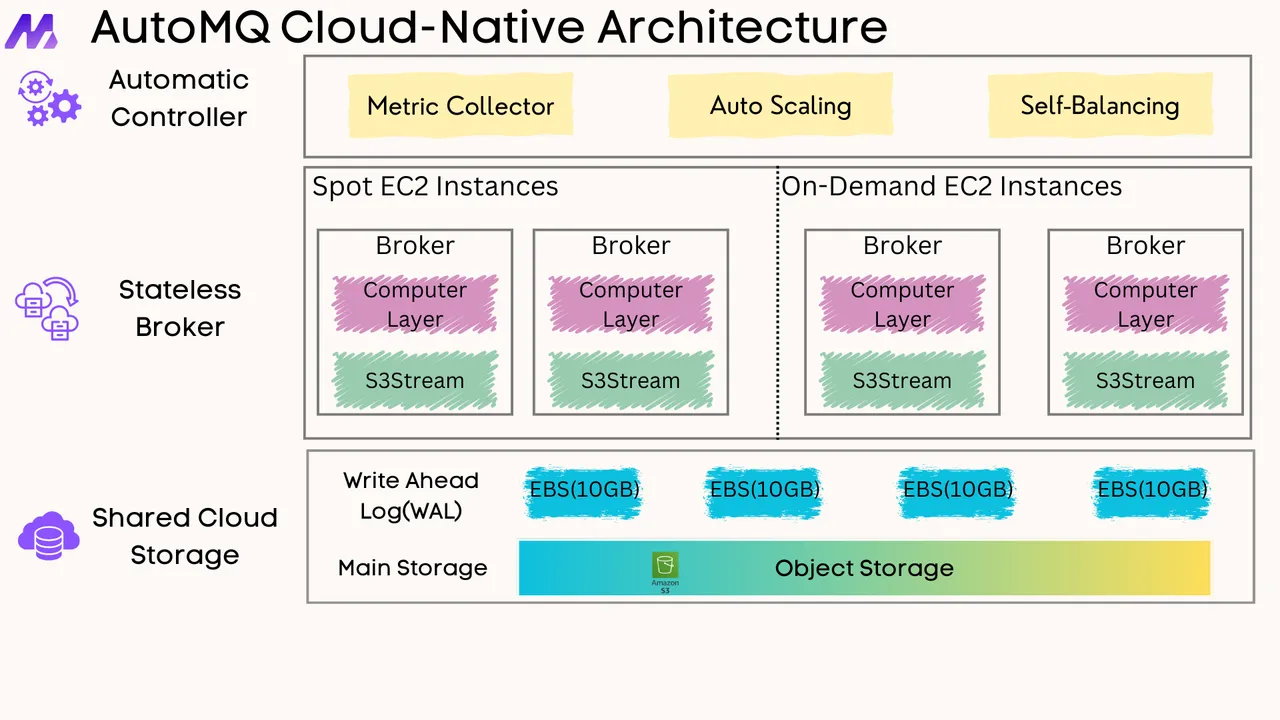





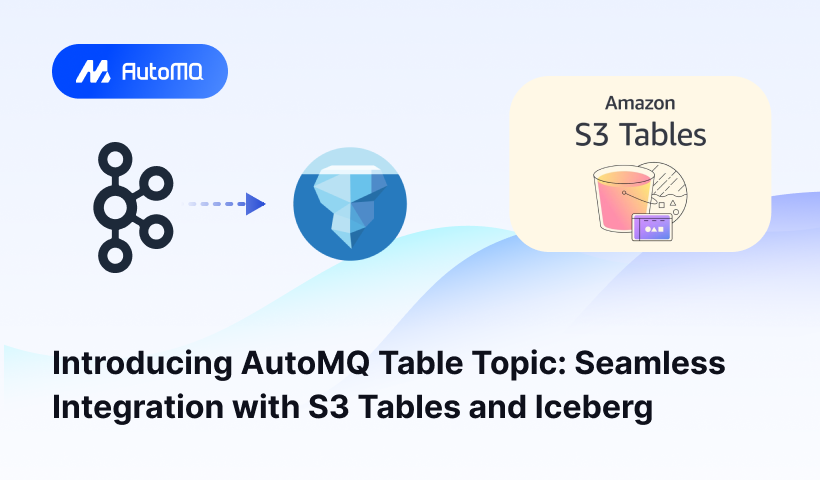
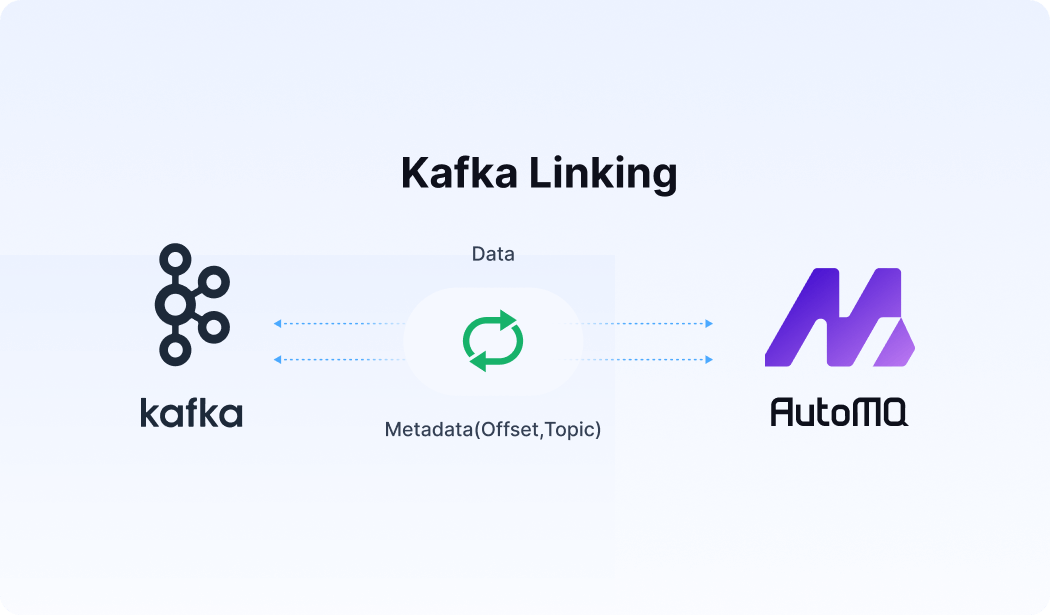




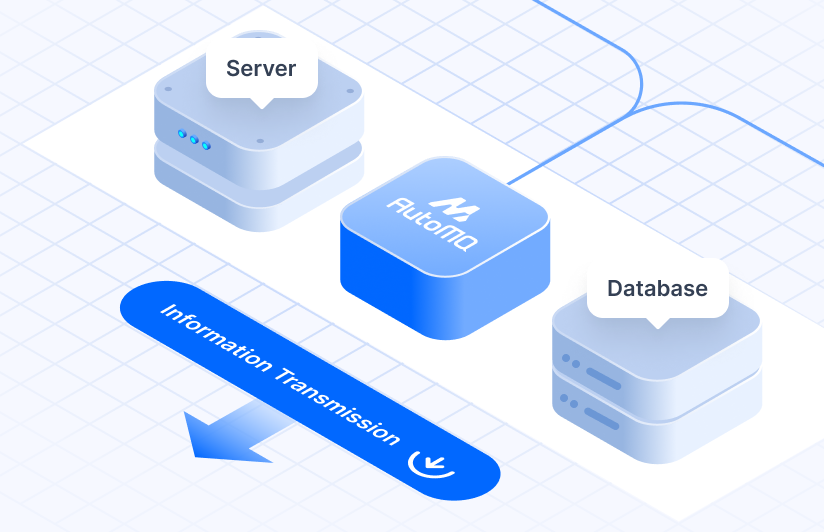



.png)
